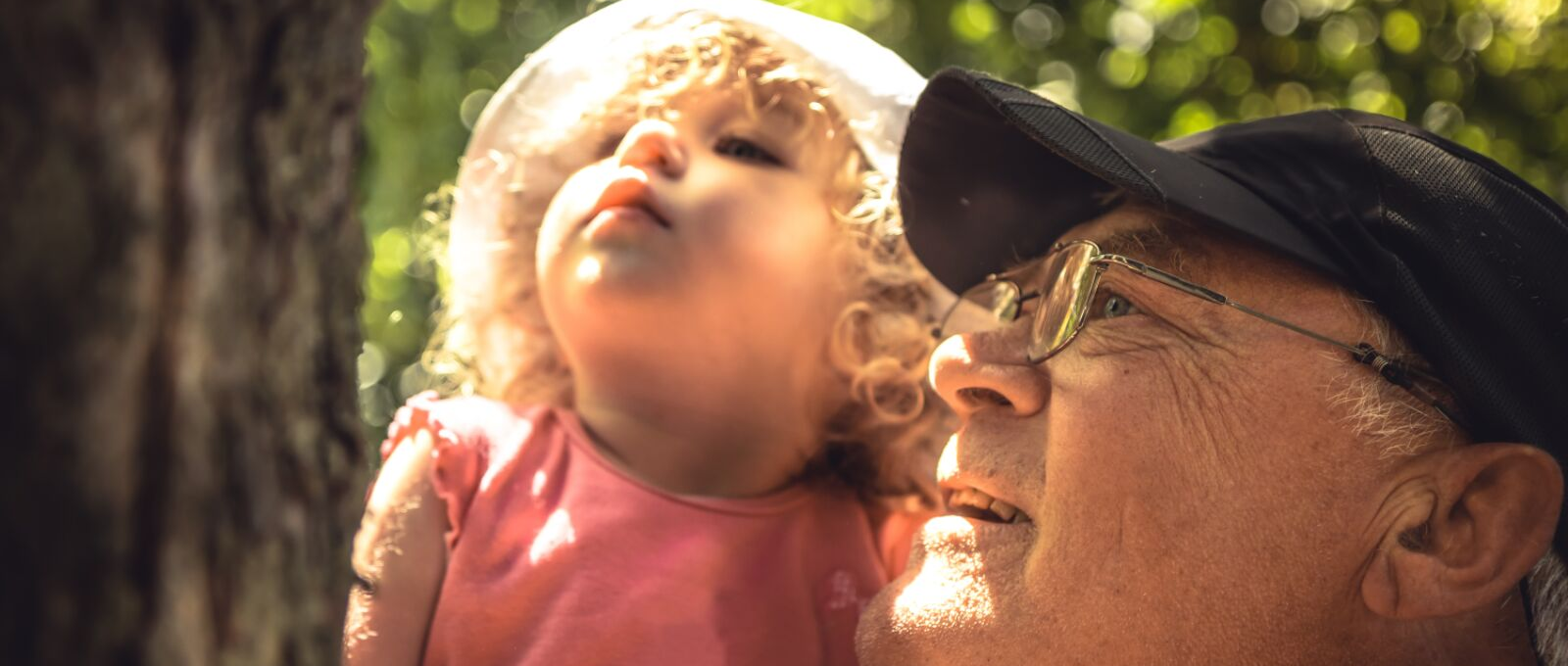I wasn’t sure why my eighteen-month-old son Miles was squirming to get out of my arms, but he hit the kitchen floor running and was off to the far corner of the living room. We had just been looking at the big pot of soup simmering on the stove. I had pointed out the onions, carrots, and….he was off before I could get to the potatoes.
I kept one eye on Miles while continuing to stir the soup. I figured he had gotten bored with our game of veggie identification and that he was off to a different adventure.
Instead Miles raced back in to the kitchen with a huge smile plastered across his face. He then triumphantly held a wooden onion over his head. Pointing at the pot of soup he looked up at me expectantly, eyes shining. “Miles, you’re right! You found the onion in your play kitchen just like the onion in mommy’s soup!” Miles’ pride was unmistakable, and I was left marveling at his excitement when he realized that he had an onion like mine in his collection of toys.
Memory and learning
Memory is one of our brains greatest capacities because it is key to learning. If I can’t remember I can’t learn. For example, if I don’t remember that I burned my finger on the hot stove I’m likely to do the same thing the next time I’m in the kitchen. Even though I know that babies come fully equipped for memory, it never ceases to amaze me as I watch it unfold in my own toddler.
What’s puzzling about child memory is that toddlers like Miles will not “remember” any of their early childhood experiences when they’re older. Scientists have learned that we don’t start to form what are called “long term explicit memories” until we’re about three years old. Of course that doesn’t mean that babies and toddlers don’t have the capacity to remember. Miles’ retrieving his onion to match mine proves his recall ability. In fact, scientists show that newborn infants will pay more attention to mother’s voice within minutes of birth because they “remember” it after having spent nine months listening to it.
Memory scaffolding
The reason that babies don’t form long-term memories is because they haven’t built the “scaffolding” to store them yet. Infants are bombarded with millions of different sensory impressions that aren’t grouped together until their brains detect the patterns linking them. Take gravity for example. When a baby releases her grasp, the rattle or toy she was holding will fall to the floor. After repeating the “experiment” over and over she learns what gravity is even though she may not have the word for it until years later. Gravity then becomes part of her mental scaffolding to which she can attach other experiences like dropping, spilling, and throwing. As the scaffolding expands then more of a baby’s experiences connect with one another, facilitating memory.
Miles, for example, has already built scaffolding in his brain for food items that enabled to him to connect the dots, so to speak, between the onion he saw in the pot with the onion he remembered he had in his play kitchen collection.
Child memories, as it turns out, are not stored in whole pieces like a photo or video. Memories are recorded by the brain and then stored in segments. So segments making up the visual image of an onion is stored in Miles’ visual cortex, the word “onion” housed in the language area etc. Remembering then is actually reassembling the segments. Scaffolding is what helps us situate and orient the segments.
Build your child’s memory and understanding
Since memory is such an important brain function we want our children to have one that is as robust as possible. We can help babies and toddlers construct extensive scaffolding which will serve them well in their quest for learning.
Yesterday I watched as my mom played with Miles. “Miles where is the ball?” She asked.
Miles focused his attention and grabbed the ball.
“Yes Miles! It is a red ball! The ball is round. Remember Miles you went to the park and watched the kids kicking the ball? What can we do with the ball? Yes! We can kick it too! Just like you and your mommy kicked the ball back and forth this morning.
I imagined the scaffolding being created inside Miles’ brain. Through talking and storytelling, we can enrich our kids’ personal memories and knowledge about the world. The more elaborate the scaffolding is in the preschool years, the more brain locations the child has in the future to link new information and memories to.
Here are some simple tips for building up your child’s memory and understanding:
- Tell your child stories and encourage him to tell you stories. Even if your child can’t talk yet, tell stories about what is happening in the world around him.
- Ask your child who, what, when, where, why and how questions. For example, “Why do we wear this special baseball glove?”
- Make associations between what is happening now and what a child already knows. For example, “You watched a baseball game with your mommy yesterday, didn’t you? How can we play baseball?”
- Follow up on your child’s interest with more questions and talk. “What else do we need to play baseball? Do you know?”
- Give the child positive feedback on her comments. “Good job!”
